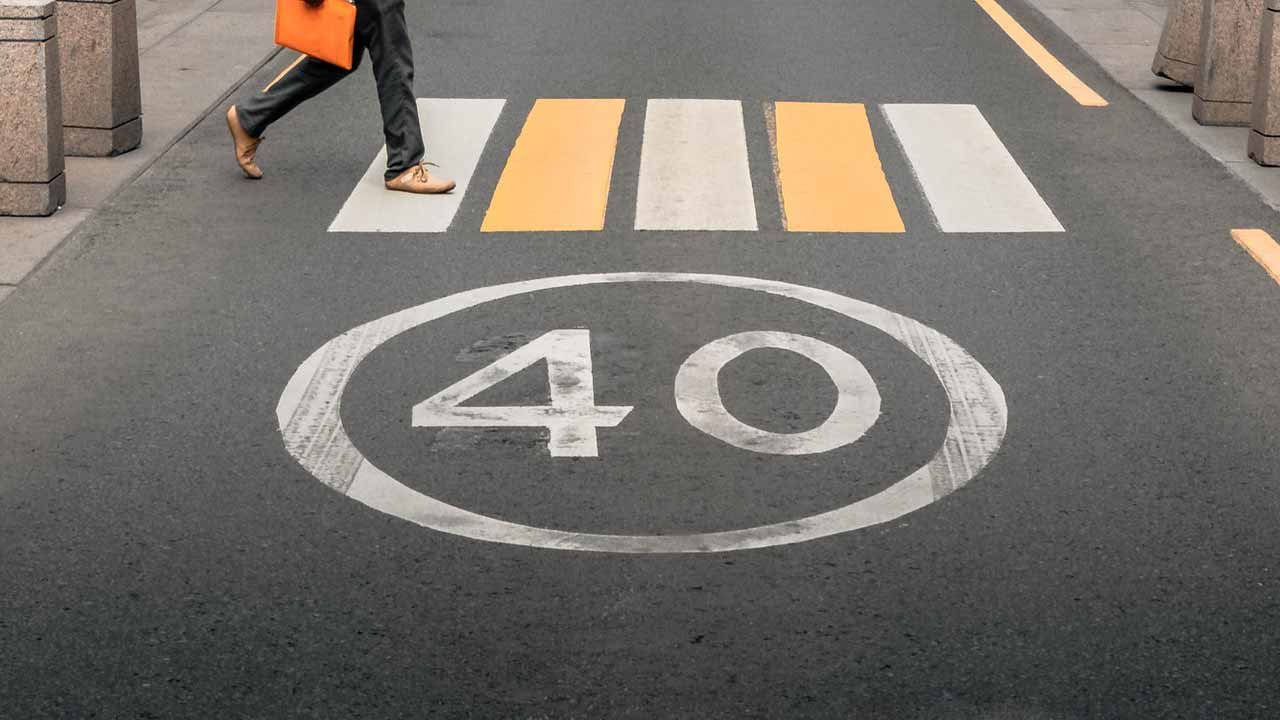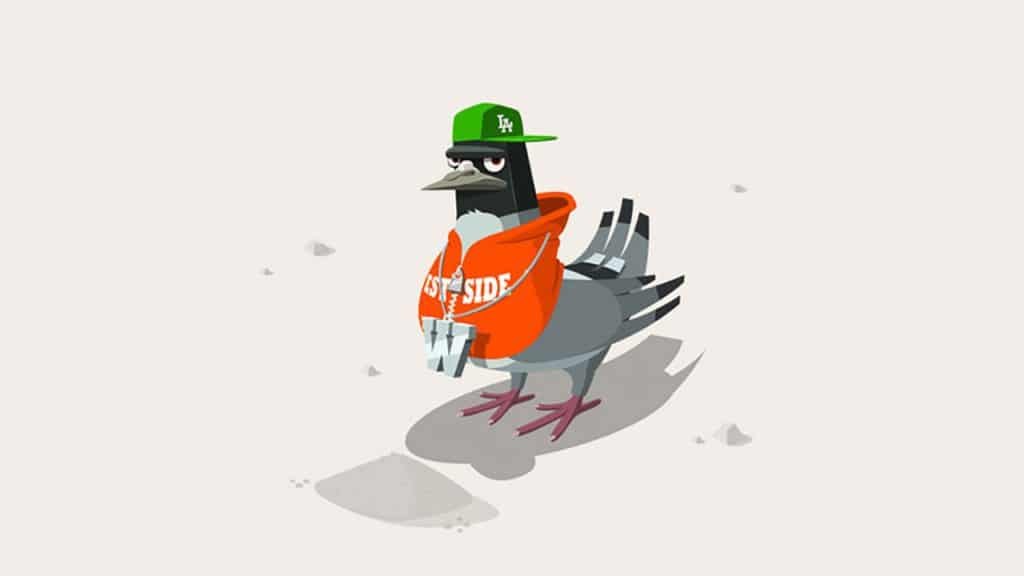
Want to get your website ready for SEO, but having trouble communicating with technical staff?
In this article, we have compiled a list of the 40 most important search engine optimization (SEO) terms to help you communicate more accurately with digital marketers and better understand how to optimize your website.
40 SEO Terms You Should Know
0-9
301 Redirect – It is a way to direct a web page visitor to another page. Every time you change a page’s web address, apply a 301 redirect so that the old address points to the new one. This ensures that people who connect or bookmark the old address automatically reach the new address and update search engines’ indexes.
A
ALT Text/Tag – It is a description of an image in the HTML of your site. Search engines only read the alt text of the images, not the images themselves. Add alt text to images as much as possible.
Anchor Text – The actual text of the link to a web page. On most websites, this text is usually dark blue and underlined or purple if you visited the link in the past. Anchor text helps search engines understand what the target page is about and explains what you will see when you click.
B
Blog – It is a part of your website that you need to post content regularly (eg. comments on Industry/company topics, event descriptions, photos, videos, etc.). Every blog post on your website is a new page that a search engine sees, and therefore a new opportunity to be found online. Make sure you keep your blog on your own domain name.
Bookmark – A link to a website saved on your web browser or computer for later reference. Social bookmarking sites allow users to share the websites they want with each other. Having links to your site on social bookmarking sites is a sign that browsers show that your website content is interesting to people.
C
Canonical URL – The canonical URL is the best address for the user to find a piece of information. Sometimes it can be a situation where the same page content can be accessed from more than one address. Specifying the canonical URL helps search engines understand which address is best for a piece of content.
Conversion Form – The form where you collect information about your site visitor. Conversion forms turn traffic into leads. Collecting contact information helps you keep tracking of leads.
CSS (Cascading Style Sheets) – It is the part of your code that defines how different elements of your site look.
D
Directory – There are directories for websites, as well as directories for people and phone numbers. Submitting your site to a directory offers more than just an incoming link; helps people find you. Most popular web directories are Yahoo! Directory and Dmoz.
Domain – It is the main web address of your site (example: www.yoursite.com). It is important to renew ownership of your domain name for a number of years. Search engine rankings prefer websites with longer registrations as they show commitment.
F
The Fold – The “Fold” is the point on your website where a page breaks down below a user’s monitor or browser window. It can be scrolled to anything at the bottom of the screen but is not immediately visible. Search engines give some priority to the content at the top of the screen as it will be immediately visible to new visitors. Too many ads at the top of the screen can also be seen as a negative problem.
H
Headings – Refers to text placed inside a title tag, such as H1 or H2, on your website. These texts are usually presented in a larger and stronger font than other texts on the page.
HTML – It is the part of code that your website has. Keep your HTML as clean as possible so search engines can read your site easily and frequently. Write as much layout-related code as possible into your CSS instead of your HTML.
I
Inbound Link – A link created from one site to another. A link from another site will improve your SEO, especially if that site has a high page rank value.
Internal Link – This is the link given from one page to another on the same website. For example, a link from your home page to your product page.
Indexed Pages – Your website pages are stored by search engines.
J
Javascript – It is a scripting language that allows website administrators to apply various effects or changes to the content of websites as users browse. Search engines often have trouble reading content within Javascript, but they get better over time.
K
Keyword – The word that a user enters in the search. Each web page should be optimized with the target of visitors searching for specific keywords.
L
Link Building – It is the process and process of getting more incoming links to your website for improved search engine rankings.
Long Tail Anahtar Kelime – It is a rare or rarely searched keyword that usually contains two or more words in a sequence. Small businesses can take advantage of long-tail key spawns to increase their visibility in their search rankings. Common keywords like ‘software’ are more competitive and it is very difficult to rank high in searches.
M
Metadata – It is data that tell search engines what your website is about.
Meta Description – It is a brief explanation of why the content of a page should be visited with less than 160 characters. It is usually displayed on search engine results pages under the page title as an example of the content on the page.
Meta Keywords – The meta keywords tag used by search engines in the early 90s and early 00s to determine what a web page was about. It is no longer used by major search engines.
mozRank – It is the logarithmic ranking provided by the number and quality of inbound links pointing to a specific page on the website between 0 – 10.0 by SEOmoz. 10.0 is the best connection page on the internet. 0 has no recognized incoming connection.
N
Nofollow – It is the tag used to prevent search engines from reading the page or link on a site. Don’t use nofollow when linking to internal pages on your website. You can use it when creating links to external pages that you do not want to be read by the search engine.
P
Page Title – The page title you give to your web page and appears at the top of your browser window. Page titles should contain keywords relevant to your business.
PageRank – It refers to a number from 0 to 10 assigned by Google that indicates how good your overall SEO is. It is technically known as ‘Toolbar PageRank’.
Panda – It refers to a series of updates published by Google for the search engine ranking algorithm that aims to encourage users who create large amounts of mediocre content in order to request large numbers of keyword rankings without generating much value by users.
PPC – The advertising method where an advertiser places an ad in the online ad space and the advertiser pays each time a visitor clicks on their ad. Google Ads is a classic example of this.
R
Ranking Factor – It is an element of how a search engine determines where a particular page will be ranked, such as the number of links to a page or the content of the title tag on that page.
Referrer String – It is a piece of information sent by a user’s browser as they navigate the web page by page. It contains information about where they have come from before, which helps webmasters understand how users find websites.
RSS Feed – RSS “really simple syndication” is a subscription – based way of getting updates on new content from a web resource. You can create an RSS feed for your website or blog to help keep your followers up to date when you post new content.
S
SERP (Search Engine Ranking Page) – The order of results you are given after running a query in a search engine. Usually there are over 10 results, but this can vary depending on the query and search engine.
Sitemap – It is a custom document created by a webmaster or a piece of software that provides a map of all pages on a website to make it easier for a search engine to index this website.
Social Media – It is online media created by individuals and shared between individuals. Facebook, YouTube, LinkedIn and Twitter are popular social media networks. Links from many social media networks now appear in searches. It is very important to add your social media links to your site.
Spider – It is a computer program that travels the Internet and collects information about websites.
T
Traffic – They are visitors to your site.
Title – The title on your website enclosed in the <title> HTML tag inside the header section of the page. It appears in search engine results and at the top of the user’s web browser while on that page.
Traffic Ranking – It is the result of your site ranking according to how much traffic it gets compared to any other site on the internet. You can check your traffic rank on Alexa.
U
URL – The web address of a page on your site (example: www.yoursite.com/contact).


